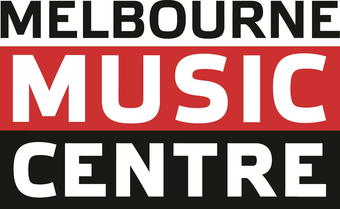In a world filled with noise, distractions, and the constant buzz of digital devices, finding balance and focus can be a challenge for individuals of all ages. Enter the power of musical instruments, the ultimate vibe check for those navigating the ADHD journey. This intergenerational tool is not just about creating cool beats; it's a holistic approach to self-expression and mindfulness that resonates with Gen Z and beyond.
ADHD: Navigating the Noise
ADHD, or Attention Deficit Hyperactivity Disorder, is more than just a buzzword. It's a neurodevelopmental condition that can impact concentration, impulse control, and emotional regulation. But guess what? The solution isn't just in a pill. It's in the vibrations of a guitar string or the rhythm of drumsticks hitting a snare.
The Healing Power of Music
Now, let's talk vibes—positive ones! Music has a unique way of touching our souls, calming our minds, and helping us focus. For Gen Z and those who've experienced intergenerational trauma, music is a lifeline. The soothing strum of a guitar, the rhythmic beat of drums, or the melodic notes of a piano can provide a sense of grounding and stability in a chaotic world.
Why Musical Instruments Work
-
Mindful Expression: Playing a musical instrument demands focus and presence. It's a form of mindfulness that helps individuals with ADHD channel their energy into something constructive.
-
Stress Reduction: The act of playing music triggers the release of feel-good neurotransmitters like dopamine and endorphins, reducing stress and promoting emotional well-being.
-
Structured Creativity: ADHD doesn't mean a lack of creativity. In fact, many individuals with ADHD have incredibly creative minds. Musical instruments provide an outlet for structured creativity, allowing for self-expression within a defined framework.
-
Improving Executive Function: Learning an instrument enhances executive functions like working memory, problem-solving, and organization—skills that can be challenging for those with ADHD.
Gen Z: Embracing Musical Mindfulness
Gen Z, known for their tech-savvy ways and love for self-expression, are tapping into the world of musical instruments like never before. The trend of DIY music production, viral TikTok covers, and online collaborations showcases how young adults are using musical instruments to express themselves, cope with stress, and connect with others.
Finding Your Musical Vibe
So, how can you harness the therapeutic power of musical instruments for ADHD? Here are some tips:
-
Explore Your Sound: Try different instruments until you find the one that resonates with you. It could be a guitar, keyboard, drums, or even a ukulele. Let your intuition guide you.
-
Set a Rhythm: Establish a regular practice routine. Consistency is key to reaping the benefits of musical mindfulness.
-
Learn the Basics: Enroll in lessons or watch tutorials online to get started. Learning the fundamentals can be challenging, but it's incredibly rewarding.
-
Connect and Collaborate: Share your musical journey with friends or join a local band or music group. Collaborative music-making is an amazing way to connect and grow.
-
Stay Mindful: Remember that the journey is just as important as the destination. Embrace the process, and don't be too hard on yourself.
In a world that sometimes feels chaotic, musical instruments offer a soothing balm for the ADHD soul. So, let the melodies flow, find your rhythm, and use the power of music as your ultimate vibe check on the journey to mindfulness and focus.

